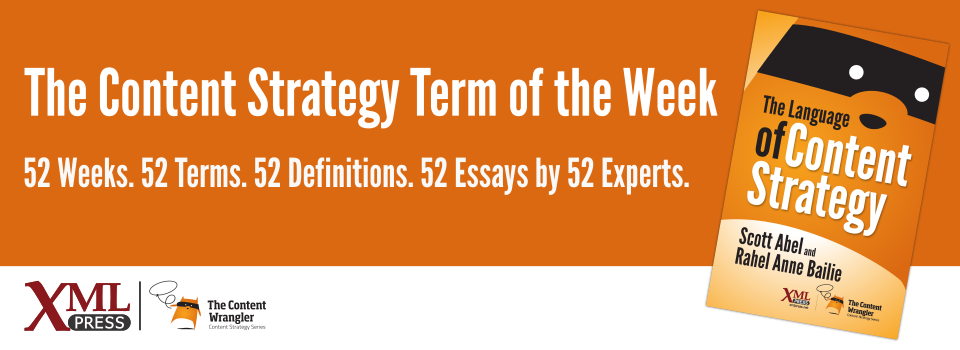What is it?
The process that defines the series of changes in the life of any piece of content, including reproduction, from creation onward.
Why is it important?
Content creates meaning; the content lifecycle creates a repeatable process that defines how meaningful communication will be managed.
Why does a content strategist need to know this?
The content lifecycle includes five general stages:
-
Strategic analysis
-
Content collection
-
Content management
-
Publication and post-publication maintenance
-
Preservation or re-purposing of content and a loop back to analysis for the next cycle
Content is a business asset that should be managed as carefully as any product or differentiating intellectual property. An organization’s ability to have efficient and effective management of its content through the entire lifecycle can mean the difference between success and failure.
The stages within the content lifecycle can have sub-stages that depend on the origins, purposes, and governance models of the content. These may include sub-stages that support specific channels such as web content, print, or email or specific formats of content such as spoken word, video, text, or images.
It is less important what the stages are called and more important that the practitioner have a unified process for managing the entirety of the lifecycle. As Ann Rockley wrote in her seminal work, Managing Enterprise Content: A Unified Content Strategy, to counter content silos, the practitioner should create “a repeatable method of identifying all content requirements up front, creating consistently structured content for reuse, managing that content in a definitive source, and assembling content on demand to meet your customer’s needs.”

